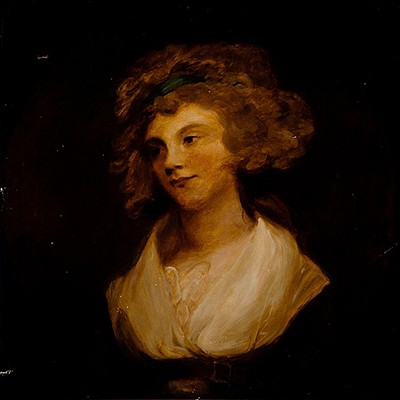Pair of axemen, second half of the seventeenth century. Carved and polychrome wood.
About Seller
Carrer Aragó 346
Barcelona
Spain
Setdart Subastas was born in 2004 and is currently the first online art auction in Spain with solidity, prestige and reliability guaranteed by our more than 60,000 users. Setdart has a young, dynamic and enterprising team ready to successfully manage the purchase and sale of art works through custom...Read more
Two ways to bid:
- Leave a max absentee bid and the platform will bid on your behalf up to your maximum bid during the live auction.
- Bid live during the auction and your bids will be submitted real-time to the auctioneer.
Bid Increments
| Price | Bid Increment |
|---|---|
| EUR€0 | EUR€10 |
| EUR€200 | EUR€25 |
| EUR€500 | EUR€50 |
| EUR€1,000 | EUR€100 |
| EUR€3,000 | EUR€200 |
| EUR€5,000 | EUR€500 |
| EUR€10,000 | EUR€1,000 |
| EUR€20,000 | EUR€2,000 |
| EUR€50,000 | EUR€5,000 |
About Auction
Nov 25, 2021
Setdart Auction House sofia@setdart.com
- Lot Description
Pair of axemen, second half of the seventeenth century. Carved and polychrome wood. It presents faults in the polychrome. Measurements: 75 x 34 x 26 cm. Pair of baroque angels made in carved, gilded and polychrome wood, holding two supports for liturgical candles. Both characters, dating from the second third of the seventeenth century, are placed on molded architectural pedestals, and are designed to form a game, with very similar positions, stepping forward. However, the naturalism sought in the Baroque determines a certain differentiation, individualization of the models, and thus we see slightly different facial expressions. Nevertheless, the two angels wear the same clothes, with billowing tunics of dynamic folds that slide down the chest revealing the anatomy (unmistakably masculine) of the angelic couple. Spanish Baroque sculpture is one of the most authentic and personal examples of our art, because its conception and its form of expression arose from the people and the deepest feelings that nestled in it. With the economy of the State broken, the nobility in decline and the high clergy burdened with heavy taxes, it was the monasteries, the parishes and the confraternities of clerics and laymen who promoted its development, the works sometimes being financed by popular subscription. Sculpture was thus compelled to embody the prevailing ideals in these environments, which were none other than religious ones, at a time when the counter-reformist doctrine demanded from art a realistic language so that the faithful would understand and identify with what was represented, and an expression endowed with an intense emotional content to increase the fervor and devotion of the people. The religious subject is, therefore, the preferred theme of Spanish sculpture of this period, which in the first decades of the century began with a priority interest in capturing the natural, to progressively intensify throughout the century the expression of expressive values, which is achieved through the movement and variety of gestures, the use of light resources and the representation of moods and feelings.
Dimensions:
INV Number:
75 x 34 x 26 cm.
35251973 - Shipping Info
-
In-house shipping available. Please inquire at admin@setdart.com.
-
- Buyer's Premium



 EUR
EUR CAD
CAD AUD
AUD GBP
GBP MXN
MXN HKD
HKD CNY
CNY MYR
MYR SEK
SEK SGD
SGD CHF
CHF THB
THB

















